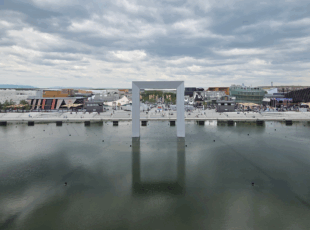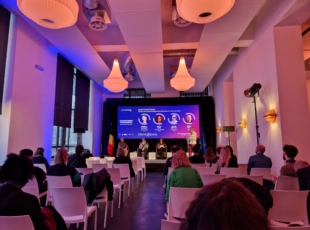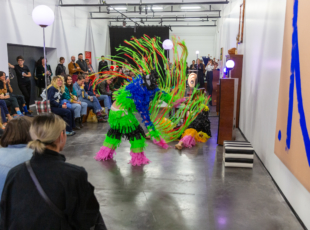This studio wishes you well
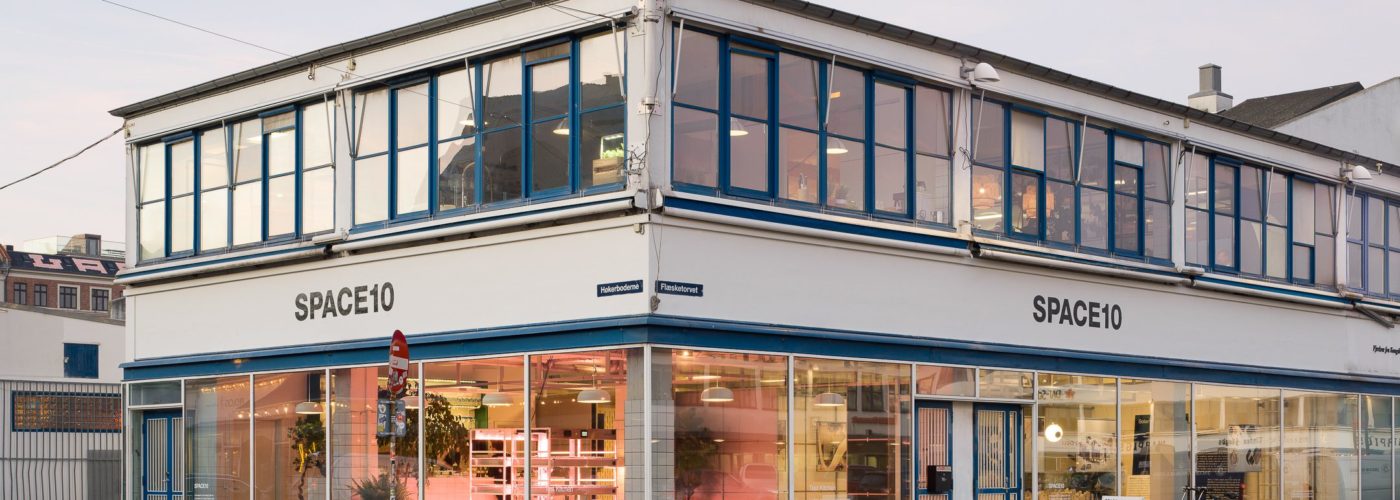
Article author :
Space 10 is an ideas laboratory which came into being thanks to IKEA. Intrinsically independent, this agency aims to extend the furniture giant’s democratic and responsible vision, and to inspire ordinary people.
Connected objects, exhibitions, film projections and even shared meals make up the plural activities of the Danish agency, Space 10. Neither completely a design studio, trend forecasting agency or research centre. Looked at from the outside, ideas are freely exchanged within it and it innovates. It develops and tests prototypes of new products and new forms of inhabitation in tomorrow’s world. Internally, cooperative teamwork is the priority. Multicultural by default, the ‘Space 10 community’ consists of a mass of designers, strategists, solution seekers and solution providers. They may well weave their way into our lives.
Space10 takes after IKEA, its creator. It was in 2020 that the Swedish furniture multinational – founded in 1943, and which today numbers several holding companies established the world over – created a centre of innovation. A mirror of its design culture: receptive and exemplary, with firm people-centred and entrepreneurial beliefs, assuredly respectful of Mother Nature.
A recreational destination
Space 10, this hybrid hub, creative and forward-looking, occupies old renovated and styled buildings located in the former abattoir districts of Copenhagen.
Design, architecture and technology, and more broadly the art of living; such are the subjects of study for Space 10 and its various hubs: product and digital design offices, and manufacturing workshops with state-of-the-art machinery. Work spaces which are sometimes all blue or all yellow. Nevertheless, there is no point looking for IKEA’s two-tone logo.

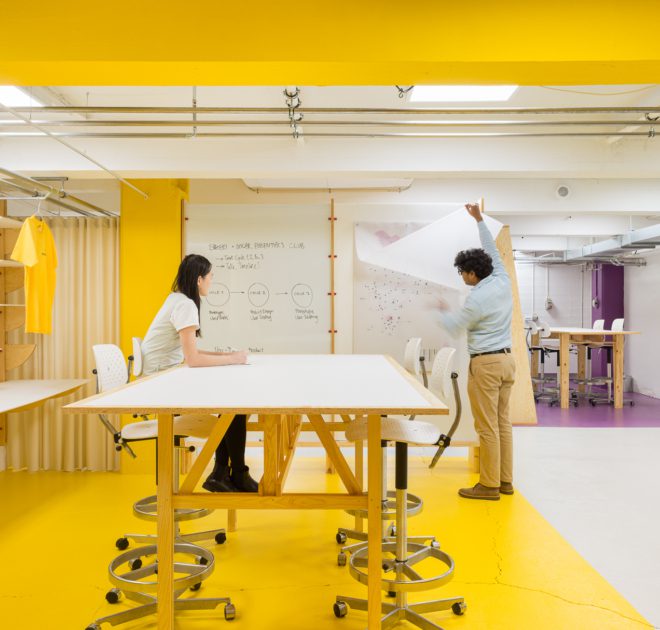
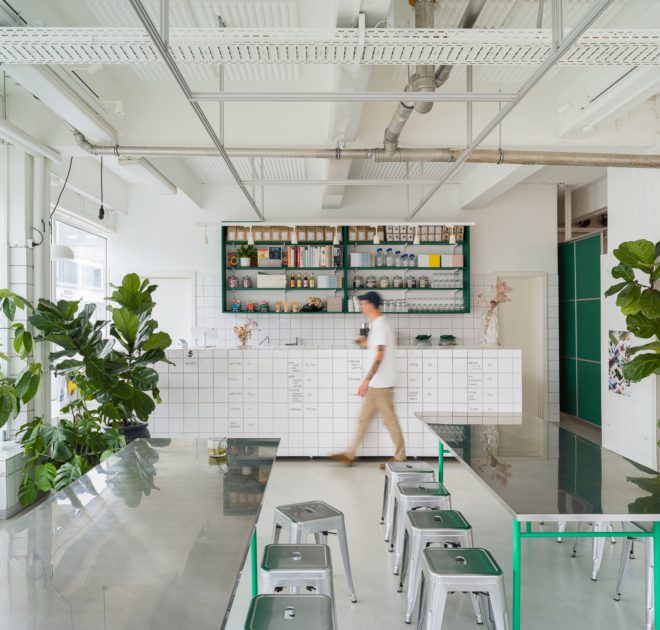

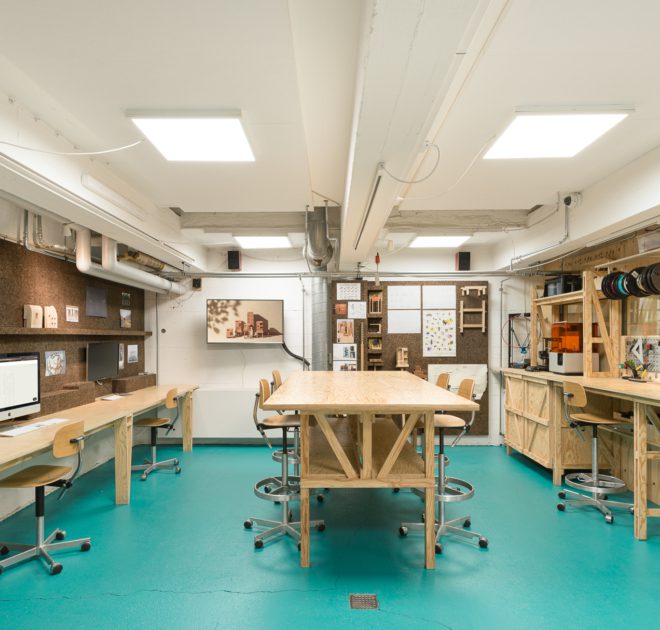


From day one, Space 10’s inventions and claims have paid off: they are contributing to diversifying design practices (from the domestic habitat to food). A win-win for IKEA. As a matter of fact, this peculiar agency is continually updating its innovative and no-nonsense image. And Space 10’s targets? Influencers! E-fluential referrers operating on behalf of major marketing agencies and brands, who lean on its experimentations and its holistic and benevolent theories. A fortunate paradox.
Plausible alternatives to certain current needs have already emerged from this blue-sky thinking: environmentally friendly cuisine, with the recipe book and Future Food Today, and collegial solutions in order to save energy, in other words, in accordance with the genuine needs of individuals. This last idea has its origins in the SolarVille project. People-centric, they tell you.
Combining the ludic with the ideal
The good intentions of Space 10 are fully illustrated in one of its most recent projects: the imagining of the ‘ideal’ city (sic.). An exhibition presented at their headquarters, “The Ideal City 2040” (2022) draws heavily on the book The Ideal City. Published in 2021, this work brings together the thoughts and presents the accomplishments of several architects, designers and social entrepreneurs. Not a futuristic story in this case, but concrete examples with the aim of designing greener urban centres and making ‘living together’ a genuine motto.
By involving the French illustrator Sébastien Plassard, the Chinese Manshen Lohttps and the Kenyan Wanjira Kinyua, Space 10 proposes to visualise what this city would look like.
In their opinion, the city of the future will be small in size (the community will have to cater for its socio-economic needs within a reduced area), will take full advantage of the sun (as a natural and unlimited energy source) and its soils will be a reflection of the tenets of regenerative agriculture (in order to safeguard biodiversity). A sensibly urban world (less construction, a lot more renovation), and an achievable one.
Everyday experiments
The abstract and the concrete cohabit at every stage at Space 10. It recently brought the worlds of play and of awakening together with the cognitive sciences in “Kaleidoscopic Home” (2021).

For this exhibition, the New York based Australians Tin Nguyen and Edward Cutting, artists who are fascinated by new technologies, filled these spaces with their tactile sculptures, which need manipulating into shape to lie down on, chat, work, or, in an entirely different register, to enjoy the moment. Covered with recyclable fabrics, their informal objects have been filled with biopolymer materials manufactured from sugar cane.
In the context of this temporary installation, and in order to adapt the use of these shapes to individuals of different ages and builds, an augmented reality app offers a whole series of interactive experiences based on the health status and physical capacities of these people.
Since its launch in 2020, Space 10’s Everyday Experiments research programme is precisely offering to redefine the use of new technologies, ultra-conspicuous in the private sphere, and to anticipate the emergence of new needs for society (and their commercial potential).

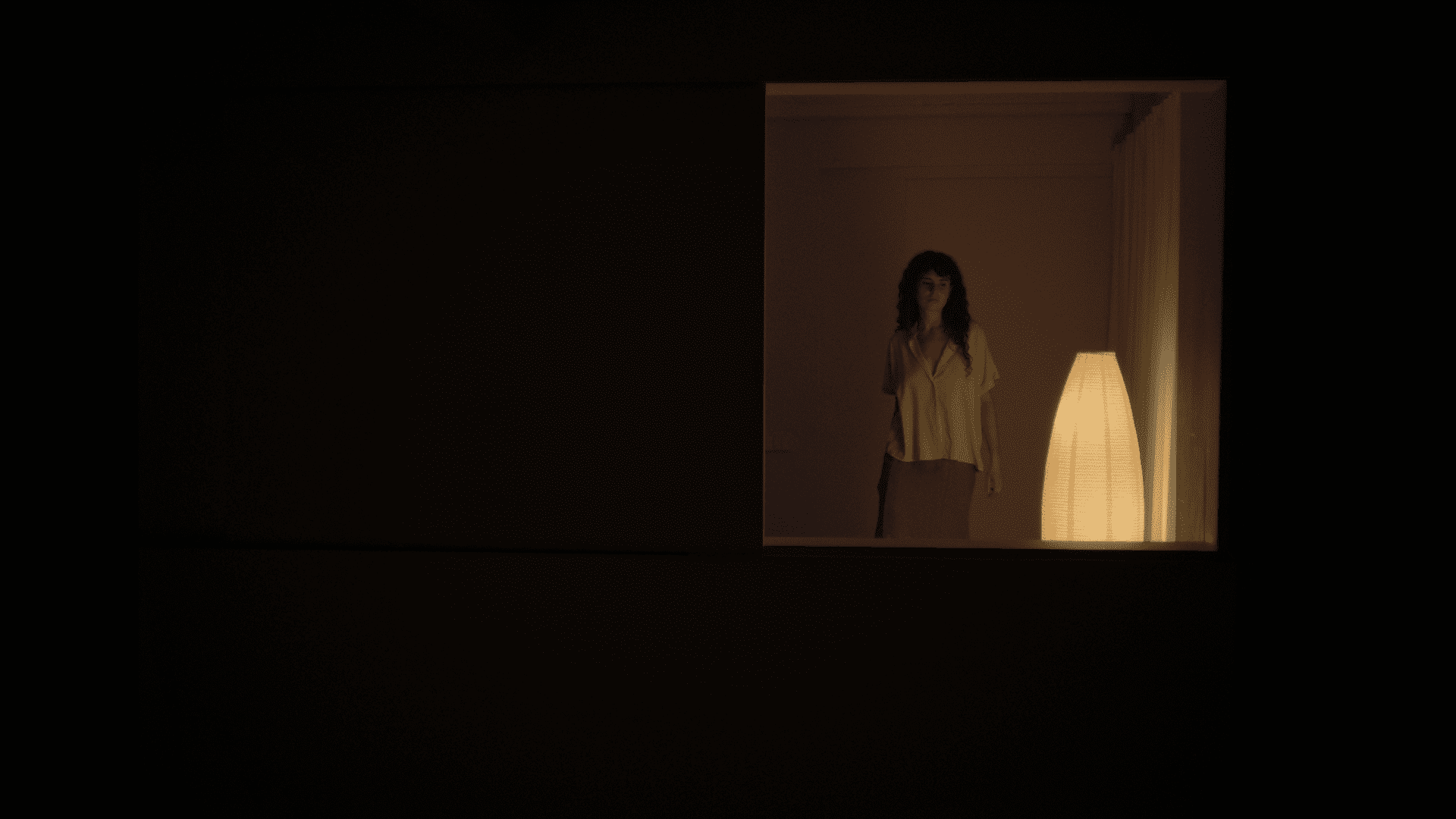

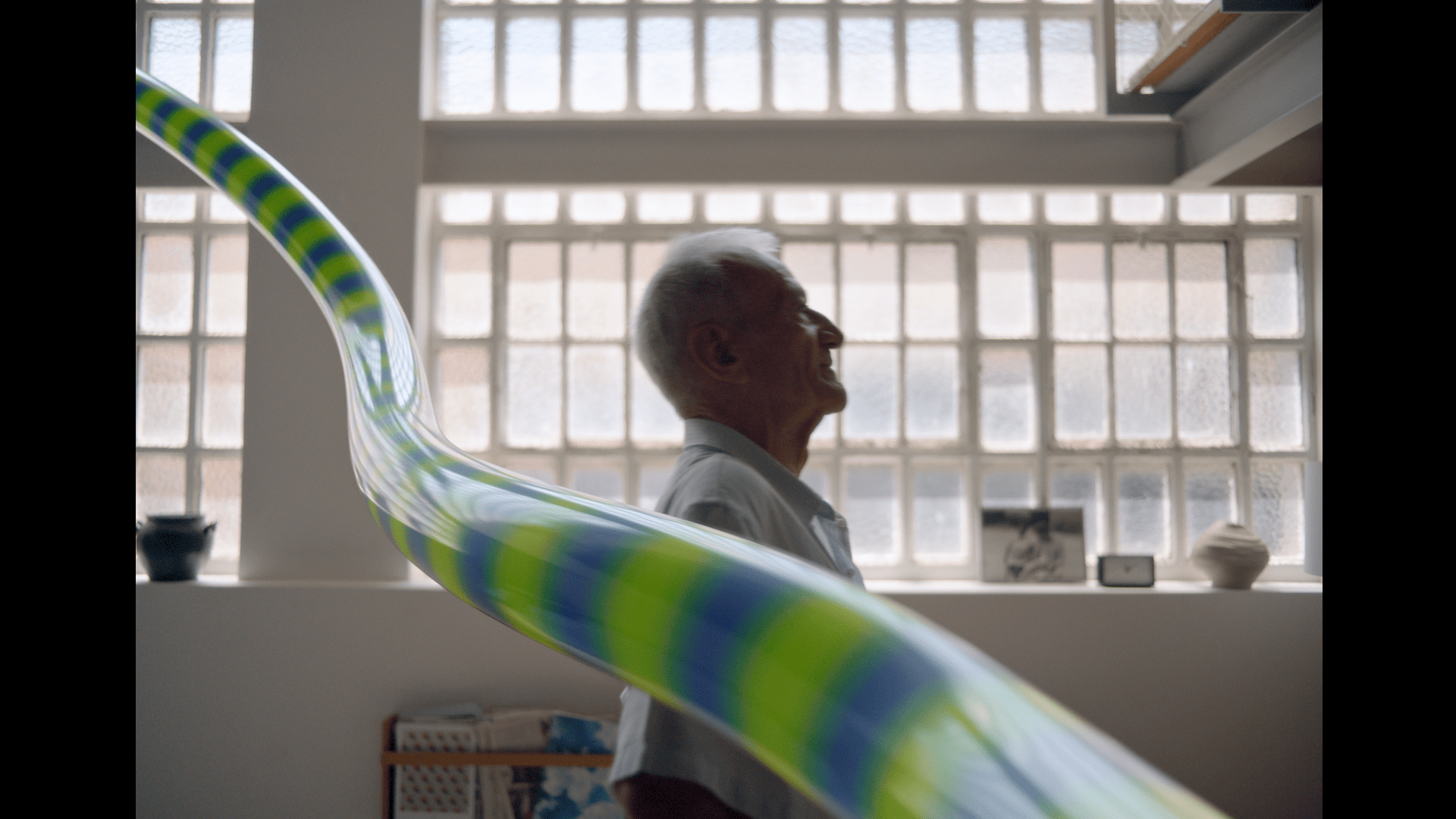
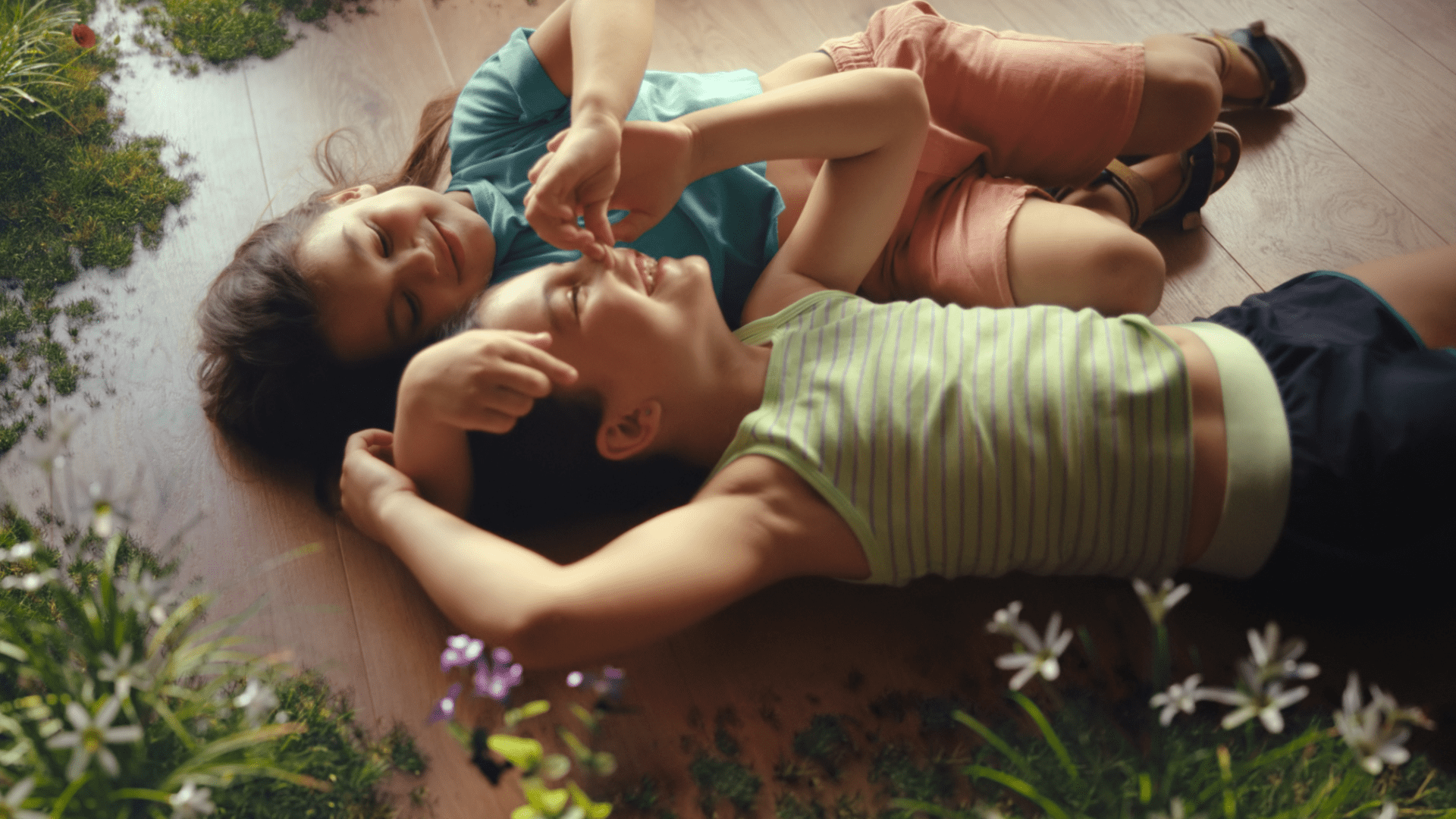
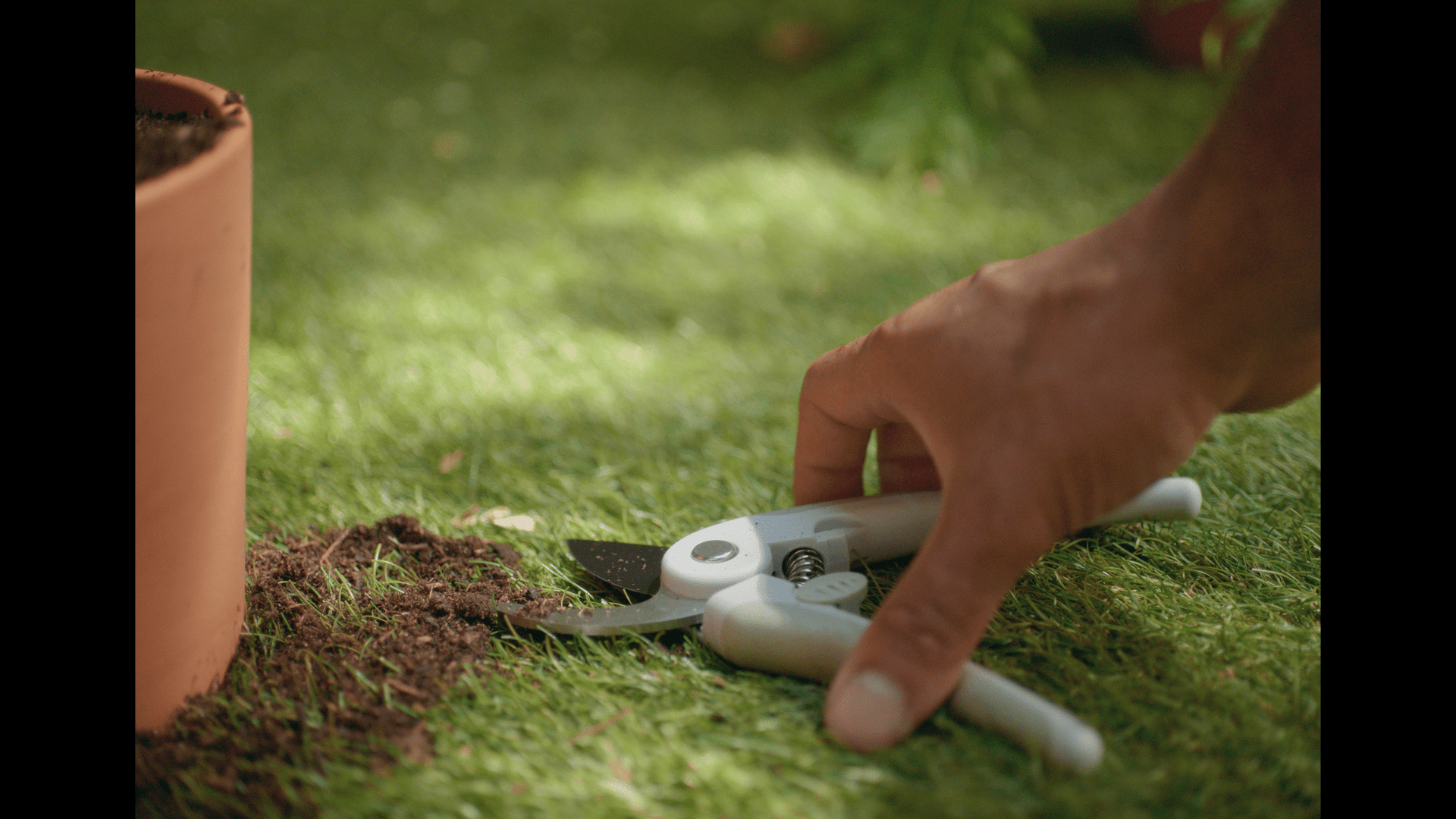
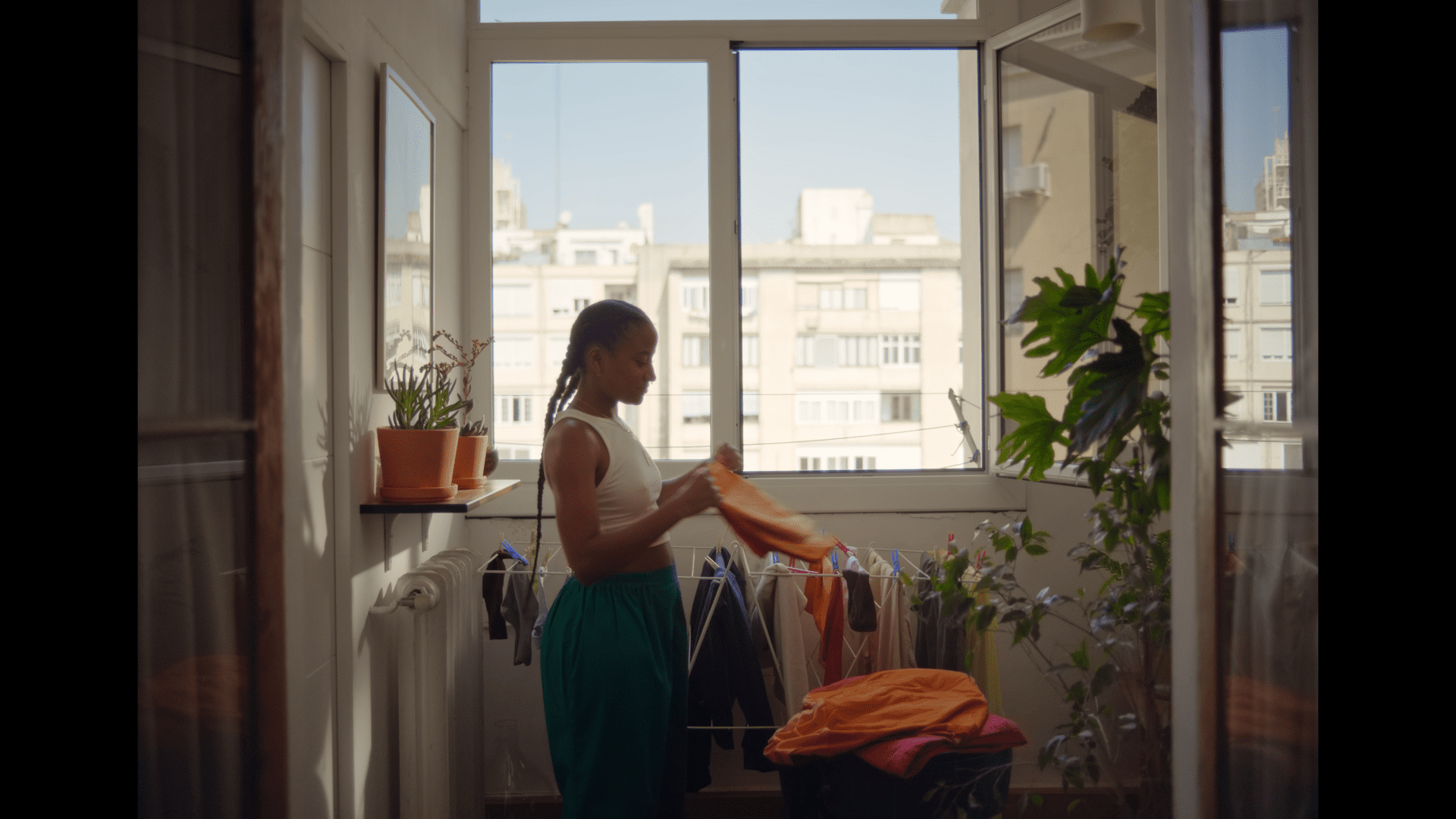
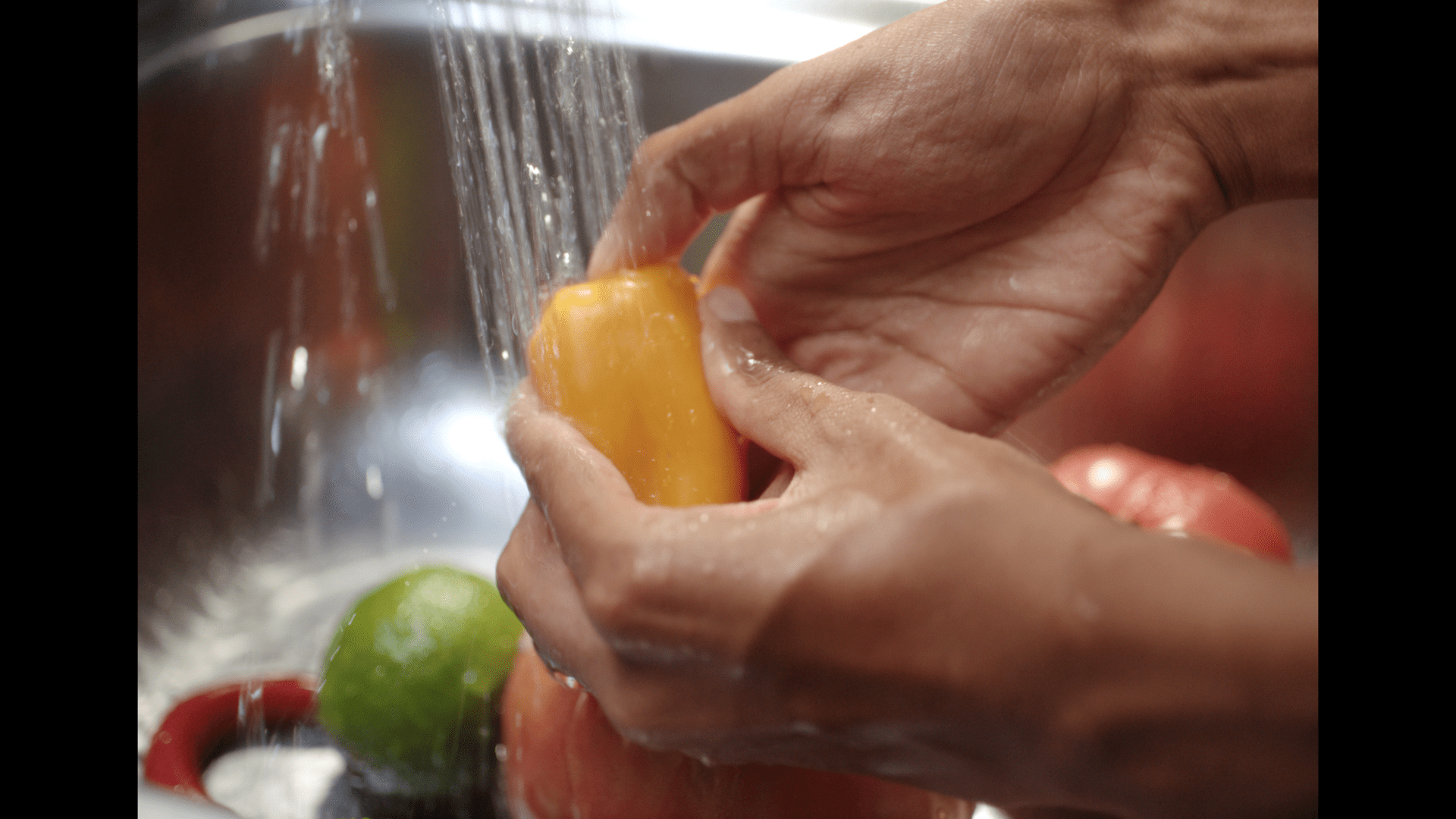
From the detection of objects to their interconnection by way of networks, from 3D design to mapping, from virtual reality to artificial intelligence, the tools and technologies the studio is coming to grips with have already enabled the outlines of what will be almost commonplace in the future to be traced.
The connected and intelligent speakers of Sound Bubbles thus produce as much white noise as you want in the designated areas of your home, through the use of a dedicated app. And the Algorithmic chef, which is aptly named, suggests tasty anti-waste recipes for you after having scanned the contents of your larder.
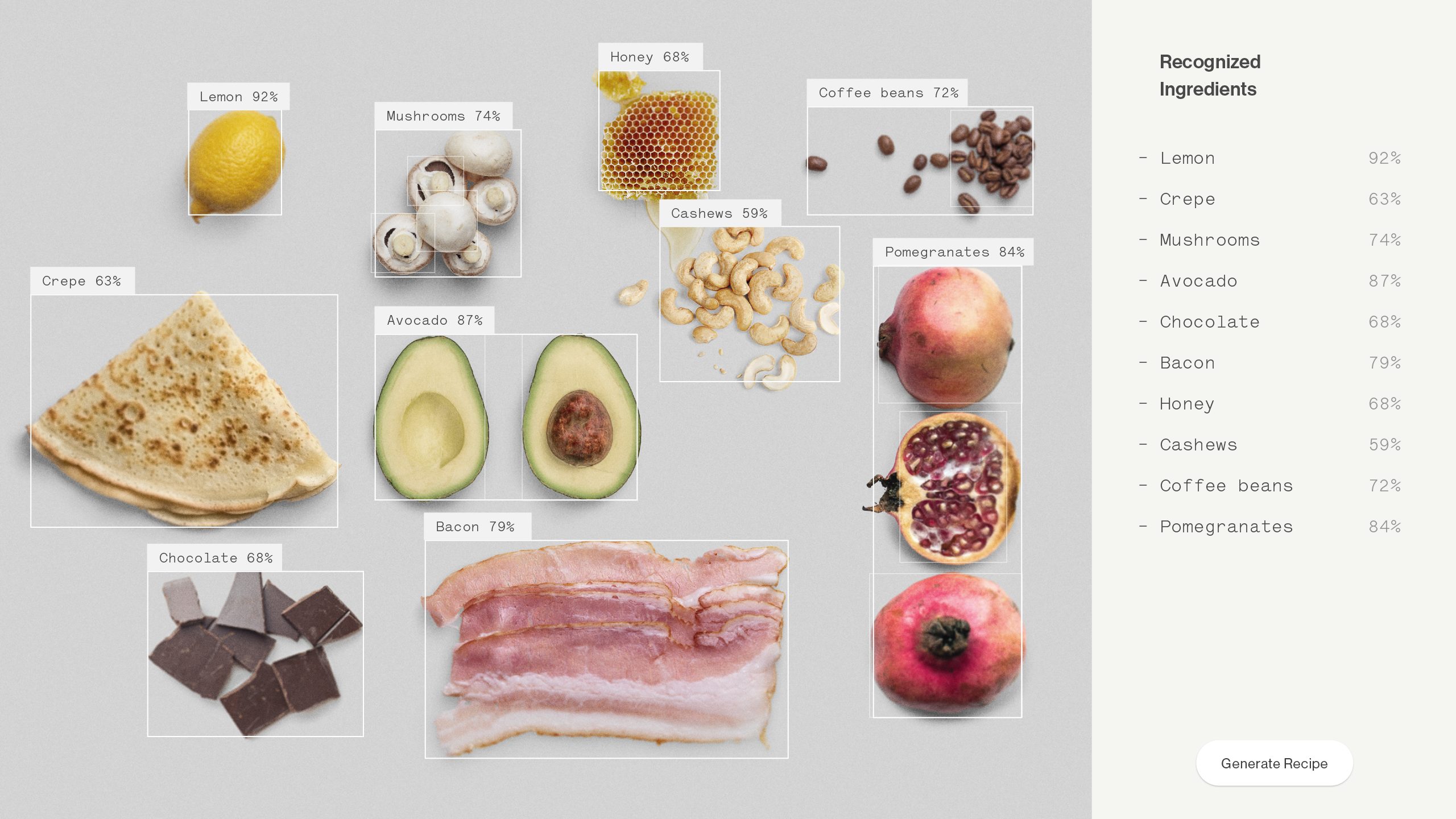
And one has the feeling that several of Space 10’s trials should soon find their way to planet IKEA, as has been the case with Studio (a multipurpose augmented reality tool to measure and organise the layout of your home), and its siblings with fully comprehensive names such as Shelve It (to easily design your bookshelves), Light Filters (to test the intensity of a lamp before buying it) and Point and Repair (which identifies which of your furniture items are in need of repair and those which are ready for a second lease of life).
Global ideas?
It remains to be seen, given that they were developed in the West, how these solutions and their values of mutual aid by means of the digital and of circularity will translate to other regions around the world, as Space 10’s satellite exhibitions travel outside of Europe.
After Nairobi in Kenya and New Delhi in India, Mexico City is the latest location where this enterprise has found its feet. To present its vision, steeped as it is in Scandinavian culture, communitarian and horizontal in spirit, and to put it before those of the country’s creatives, the teams of this laboratory like no other set up an onsite workshop with a décor lacking any pronounced identity, yet made using local Mexican artisanship, to this day well known for its DIY ethos and renowned for the singularity of its creations. Is the concept of vernacular design destined to become hackneyed?

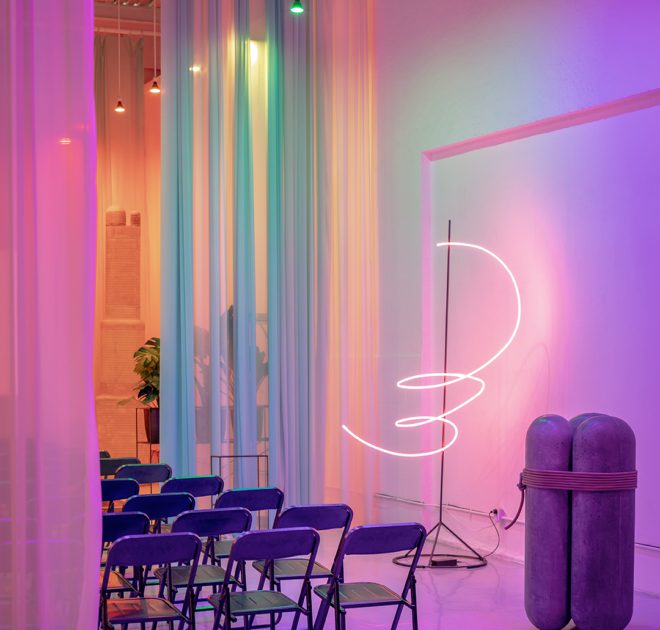

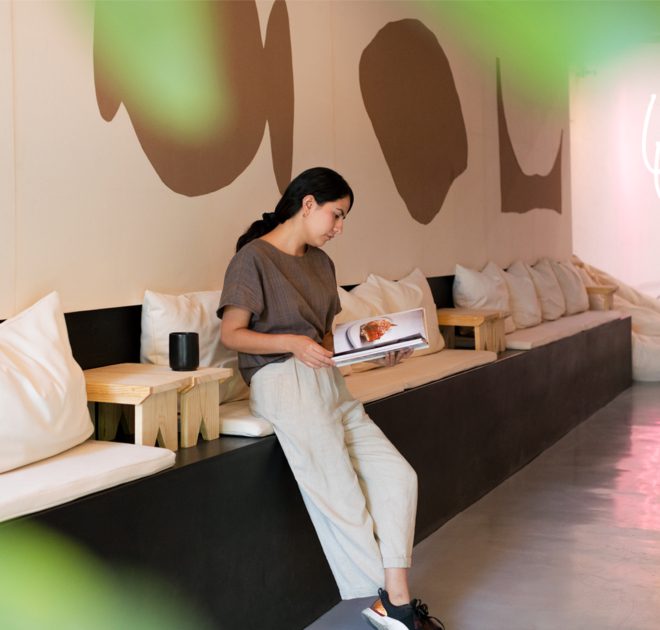

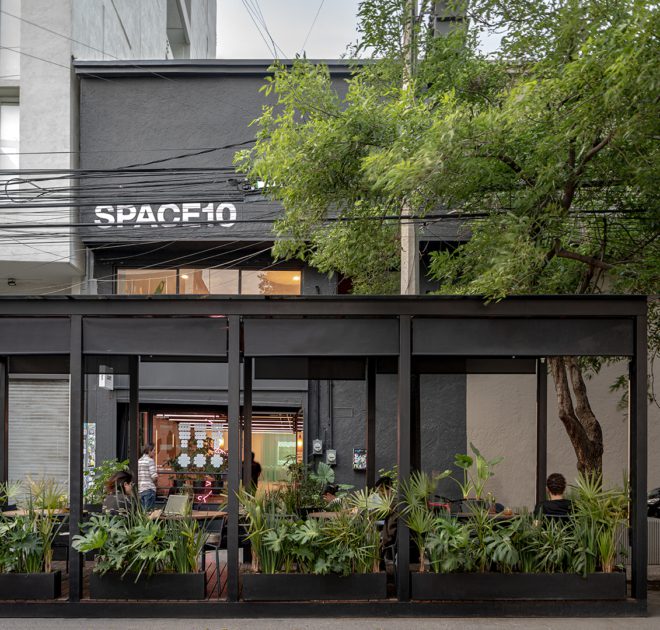
A story, projects or an idea to share?
Suggest your content on kingkong.

